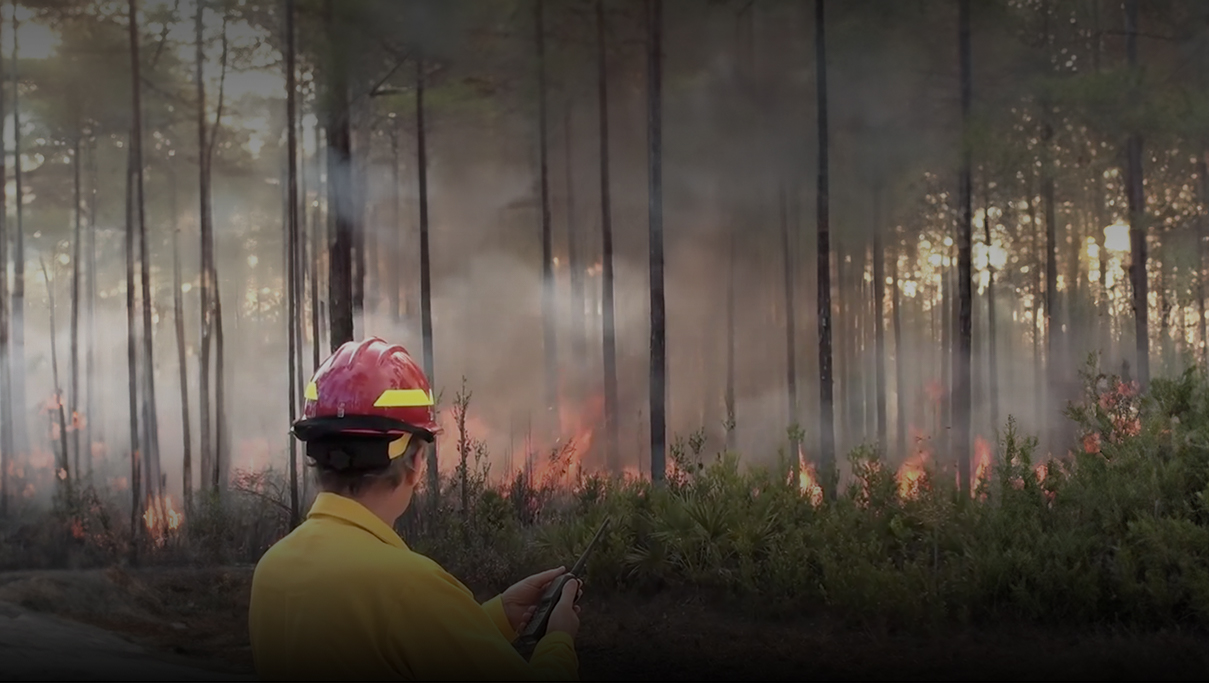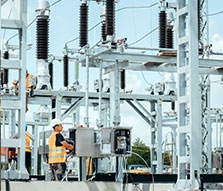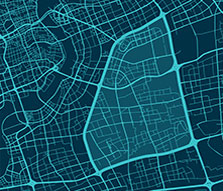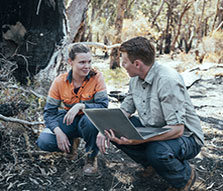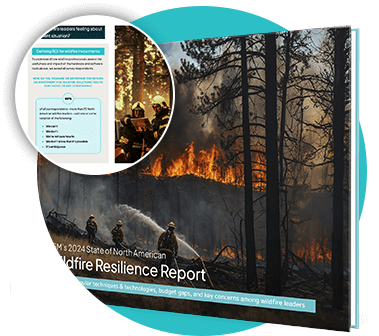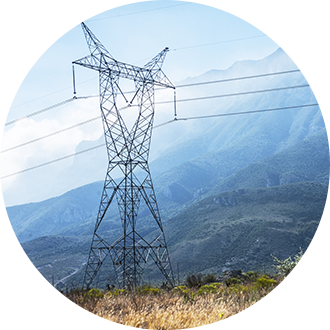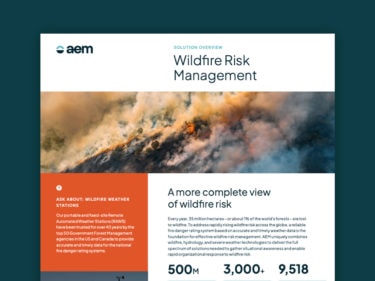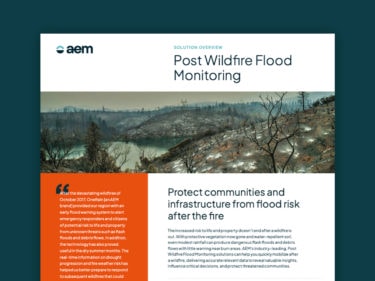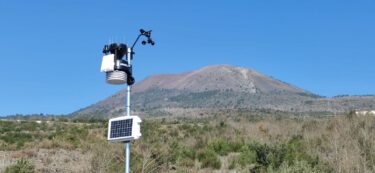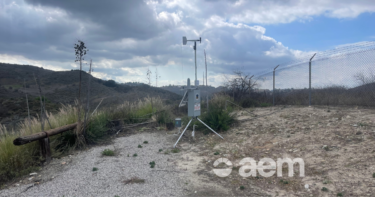Take command of wildfire risk management
It's time to think beyond "fire season" with a year-round approach to risk management.
See our vision for collaborative wildfire readiness
Ready to learn how local wildfire and emergency leaders can get the data they need?
Identify your next steps toward wildfire resilience
Need to grade your current approach or take it to the next level? We can help with that.
Assess the current state of North American wildfire teams
We spoke to 173 wildfire leaders about their budgets, favorite tools, and top concerns.
Learn what to expect this summer, autumn, and beyond
Our team of weather, drought, and wildfire experts provides a 2024 North American outlook.

